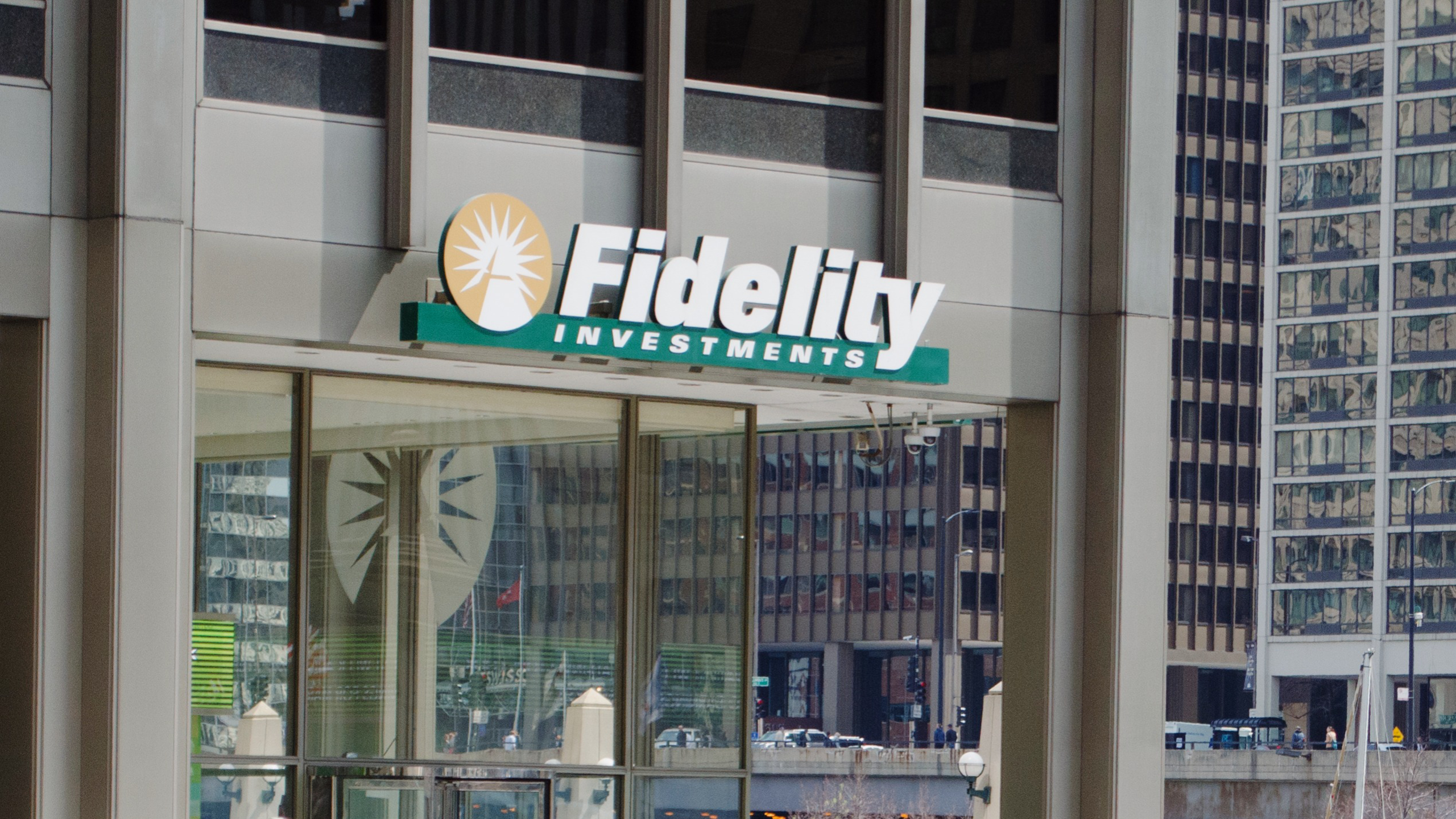Fidelity Wins Latest Battle in ETF Fee War
Fidelity is making good on a promise to impose a new fee for companies looking to feature ETFs on its platform. Issuers are not impressed.
Sign up for market insights, wealth management practice essentials and industry updates.
Fidelity has landed the latest blow in the highly competitive battle over dwindling asset management fees.
The Boston-based financial services behemoth, with $13.7 trillion in assets under administration, imposed a new fee for boutique ETF issuers looking to feature their investment products on its platform. Similar to manufacturers paying for prime real estate in a grocery store aisle, the revenue-sharing agreement allows asset managers to get their products in front of Fidelity’s highly sought-after network of more than 50 million retail investors.
While it may sound like a shakedown worthy of an episode of “The Sopranos,” the shift in fee structure could position Fidelity as a leading custodian in the years to come. ETF issuers are required to share 15% of their revenue with Fidelity for access to its customers, or face a stiff $100 levy on orders. Not having access to one of the largest custodians in the world is just not an option for many fledgling ETF issuers.
“The decision to harmonize some of our fee policies comes as our level of support and service for ETFs across the industry is growing rapidly,” a company spokesperson wrote in an email to The Daily Upside.
The firm has already finalized dozens of agreements.
Pay Up or Shut Up
The new arrangements may also entice fellow custodial giants — namely, Charles Schwab — into inking revenue-sharing deals of their own.
“Fidelity realizes their size and power, so it’s no surprise to me they’re taking this position,” Domain Money CEO Adam Dell told The Daily Upside. “There’s really not much asset managers can do about it. This may very well be a harbinger for things to come.”
Revenue sharing deals, and diminishing fees, are nothing new to the world of asset management. The so-called race-to-zero, a price war to undercut competitors’ rates over the past decade, has driven down the costs of ETFs. Average fees in the US crashed some 40% in the 2010s as competition for assets heated up and new issuers entered the fray, according to data from JPMorgan.
The competition led to the launches of free ETFs and incredibly one short-lived fund that actually paid investors to use it.
“I could see a world where Fidelity becomes, in a sense, a search engine for finding products, like Google,” Dell said. “That rate doesn’t strike me as onerous or unsustainable. Fidelity is using their leverage, but they’re not trying to overreach.”
More Fees for Everyone
The move will also likely add an additional layer of costs to investors as asset managers pass on the added expenses to end clients.
“This could erode returns for investors over time because the asset managers will certainly pass this additional expense onto clients through slightly higher fees,” Dell said, adding most retail investors may not even notice the “slight bump.”
Access to Fidelity’s network also gives issuers placement in the company’s search function on its website — a popular way retail investors find and research funds — meaning access to those tools can make or break new investment products.
“Either way you look at, there will be an increased cost for ETFs and the end clients will be stuck with the bill,” said Mike Watson, head of RIA custody at Axos Advisor Services.












